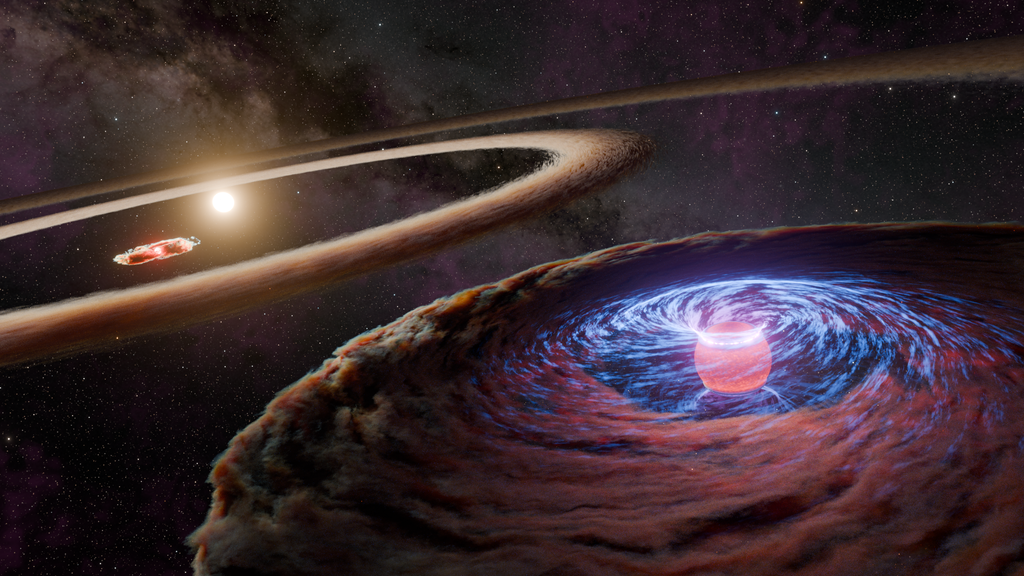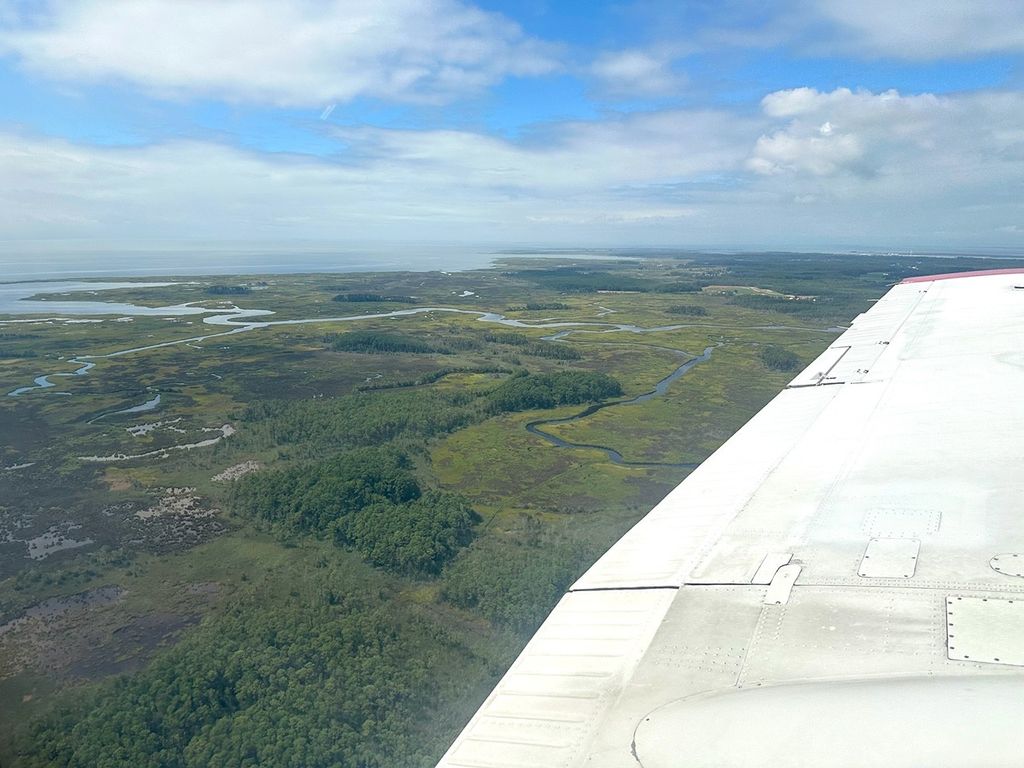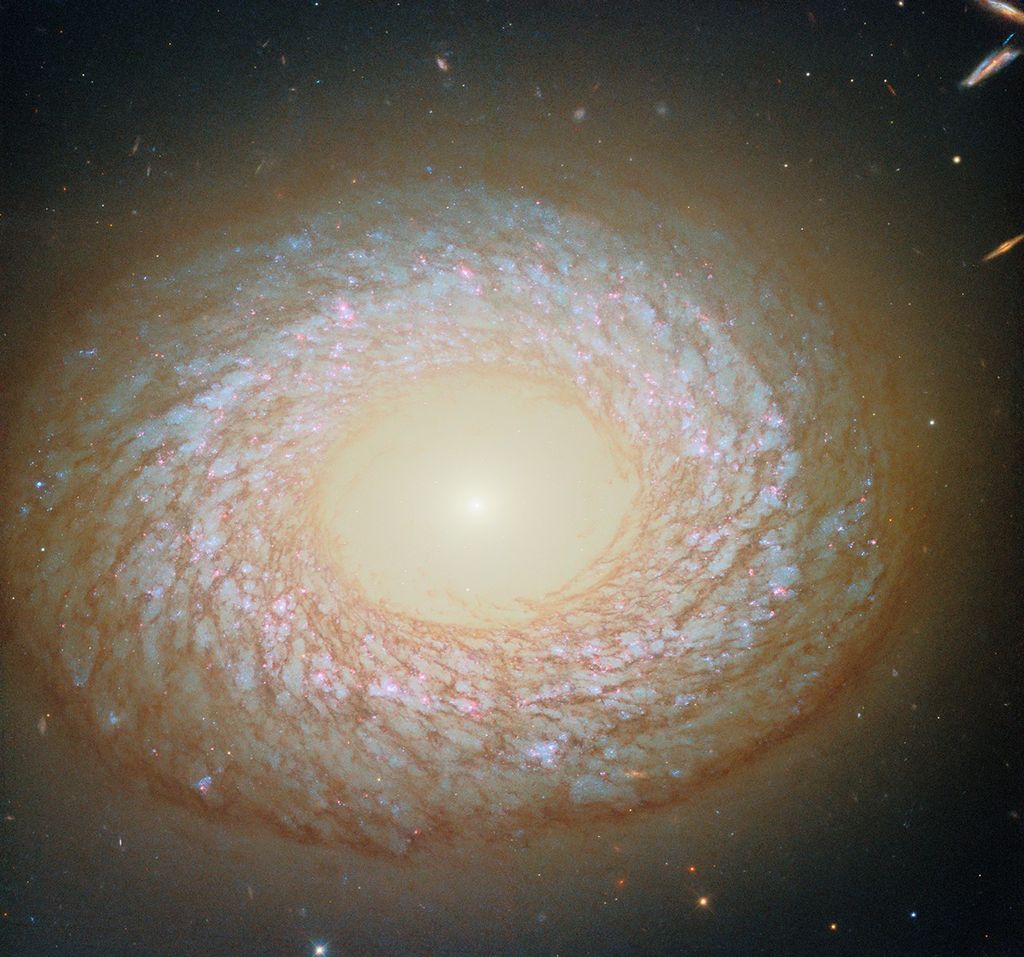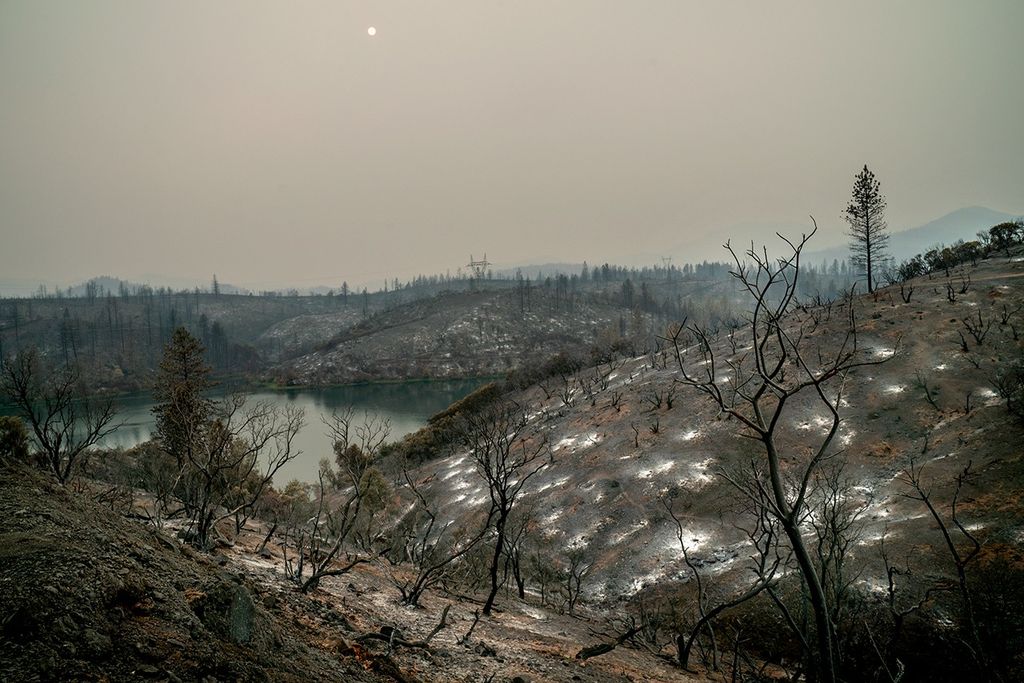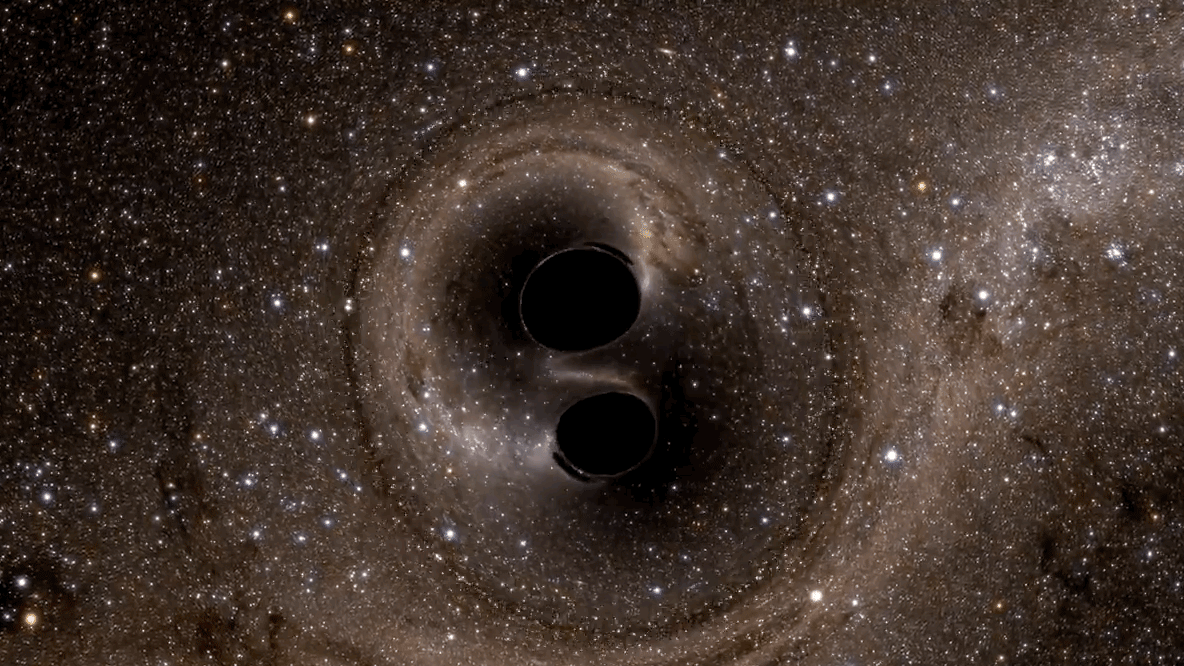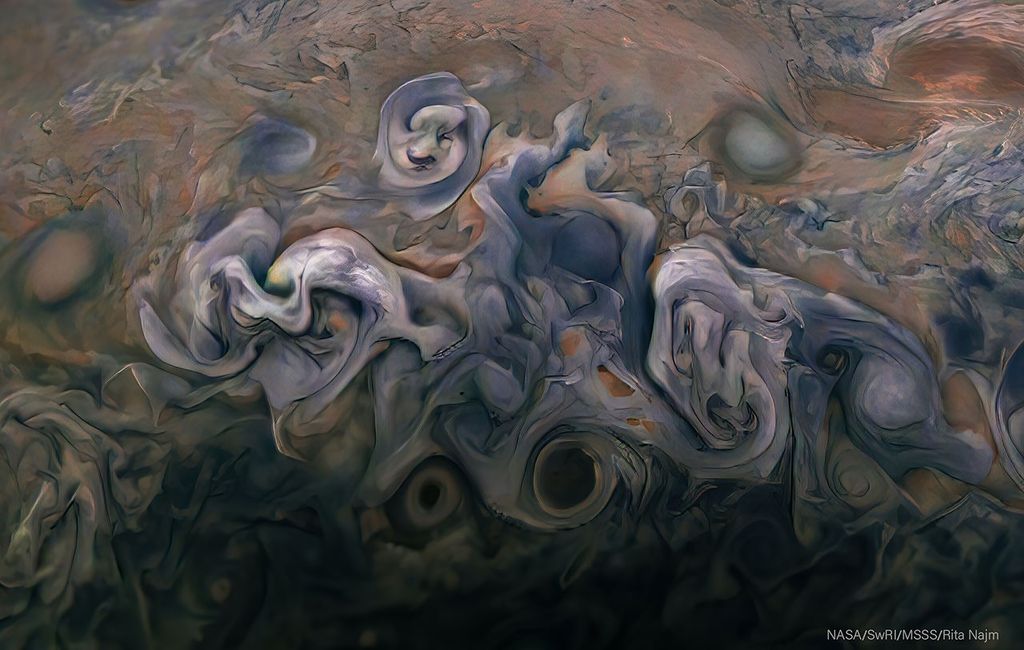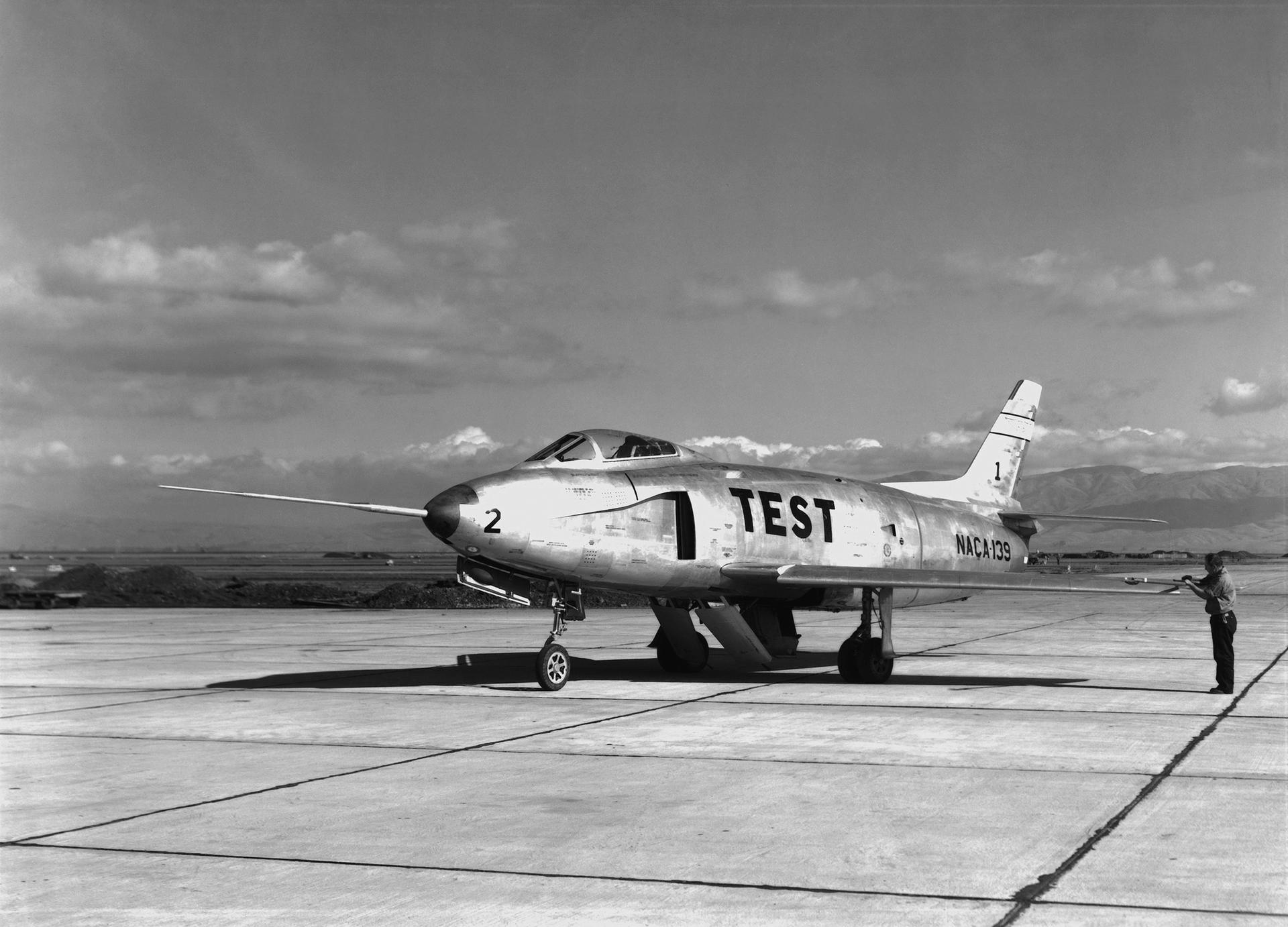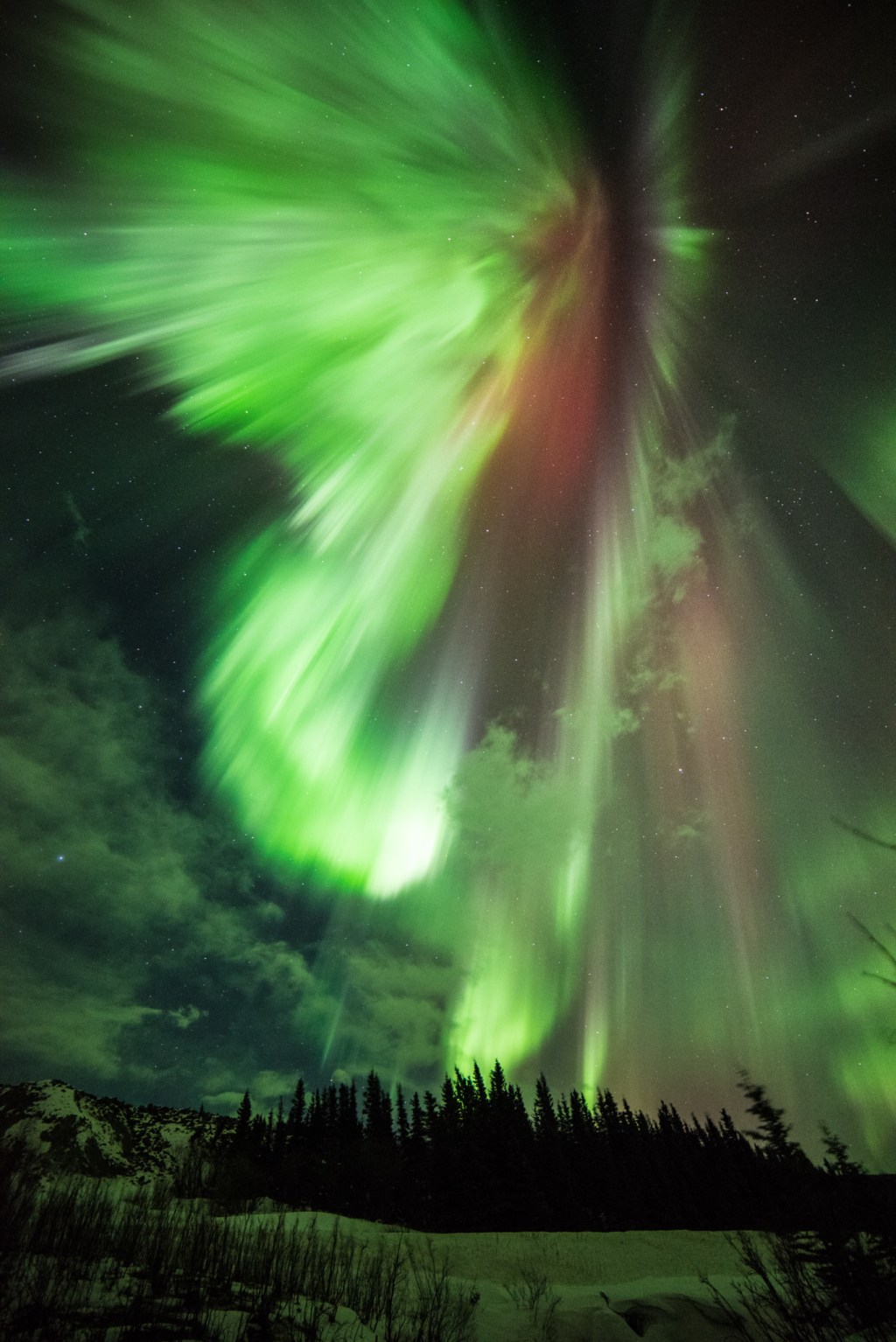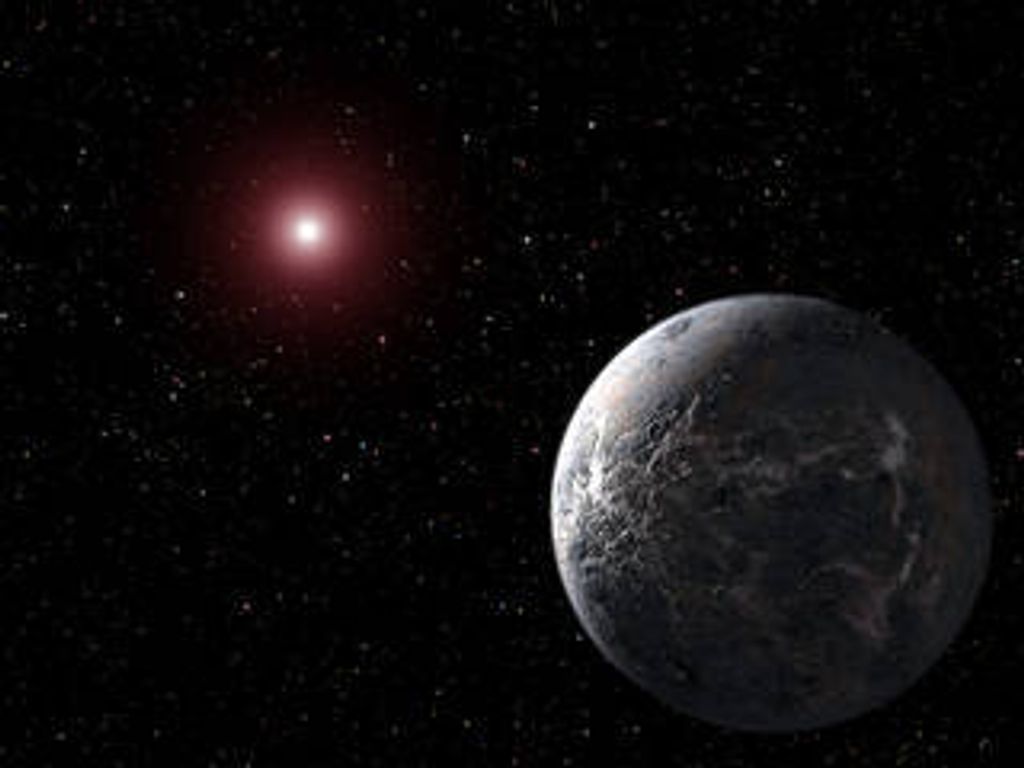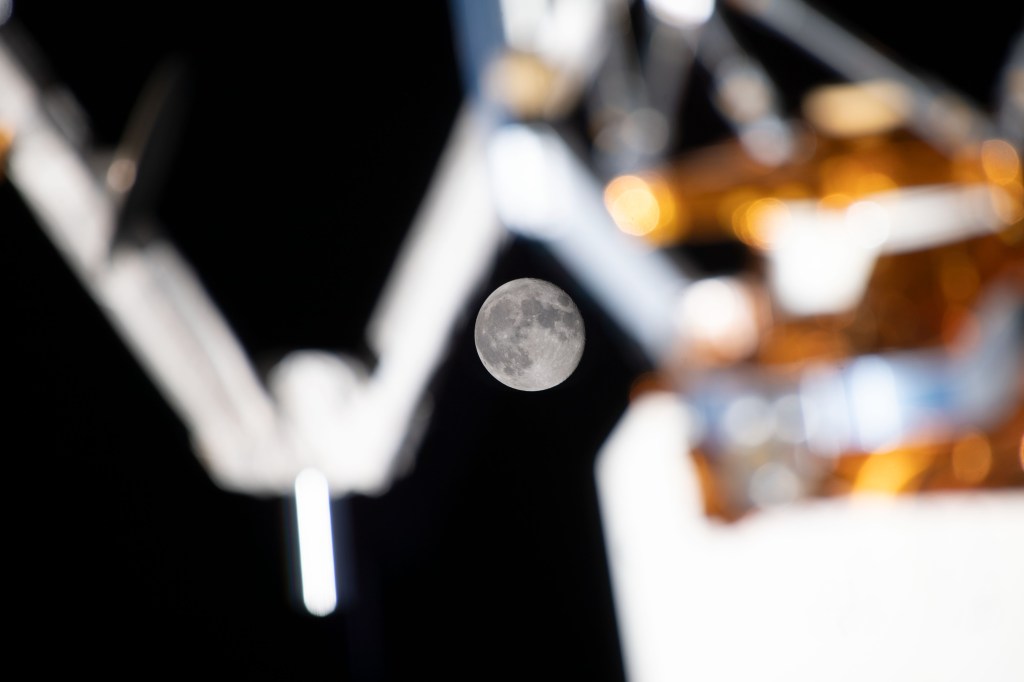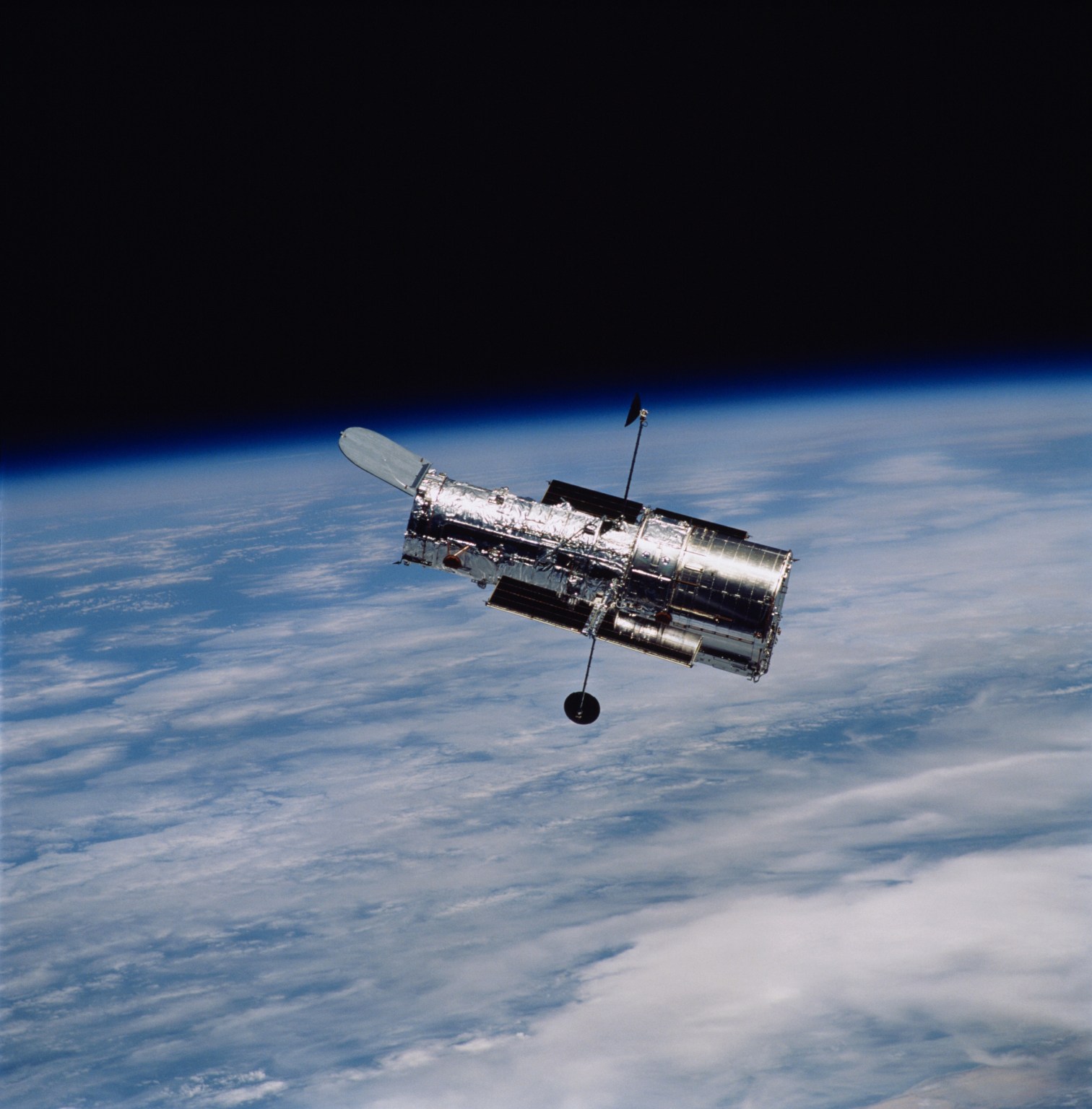1 min read
COSMOS Field Compared to Other Hubble Surveys

Hubble Space Telescope has a narrow field of view, which is only a fraction of the angular diameter of the Moon. Certain research programs have devoted a substantial amount of Hubble observing time to survey comparatively larger areas of sky to address a wide range of galaxy evolution and cosmological questions. This is accomplished by assembling mosaic images taken with Hubble's cameras. These surveys constrain the star formation history of the universe, probing the faintest galaxies and tracking the origin, structure, and merger history of galaxies as they evolve.
[Right] - COSMOS
The Cosmological Evolution Survey (COSMOS) is the largest Hubble mosaic of the sky. It covers two square degrees of sky. By comparison, the Earth's moon is one-half degree across. The survey detected over 2 million galaxies spanning 75 percent of the age of the universe. The field is being imaged by most major space-based and ground-based telescopes.
[Left] - Several survey fields are nested inside the one-degree width of sky in the southern constellation Fornax.
GEMS
Galaxy Evolution from Morphology and Spectral Energy Distributions (GEMS) imaged an area of 900 square minutes of arc on the sky with the Hubble Space Telescope's Advanced Camera for Surveys. This contiguous field is centered on the Chandra Deep Field South, a deep X-ray telescope survey of the universe. GEMS contains roughly 10,000 galaxies down to a depth of 24th magnitude.
GOODS
The Great Observatories Origins Deep Survey (GOODS) unites extremely deep observations from Hubble with NASA's other space observatories (the Spitzer Space Telescope and the Chandra X-ray Observatory), and ESA's orbiting XMM-Newton telescope, as well as observations by the most powerful ground-based telescopes. GOODS covers a total of roughly 320 square arc minutes.
HUDF
The Hubble Ultra Deep Field is humankind's farthest view into to the universe in visible light, uncovering several thousand galaxies down to 31st magnitude. The field of view is one Hubble Advanced Camera for Surveys wide field frame.
About the Data
- Data DescriptionData DescriptionProposal: A description of the observations, their scientific justification, and the links to the data available in the science archive.
Science Team: The astronomers who planned the observations and analyzed the data. "PI" refers to the Principal Investigator.
- Object NameObject NameA name or catalog number that astronomers use to identify an astronomical object.COSMOS Field, Moon
- Release DateJanuary 7, 2007
- Science ReleaseHubble Maps the Cosmic Web of “Clumpy” Dark Matter in 3-D
- Credit
Related Images & Videos
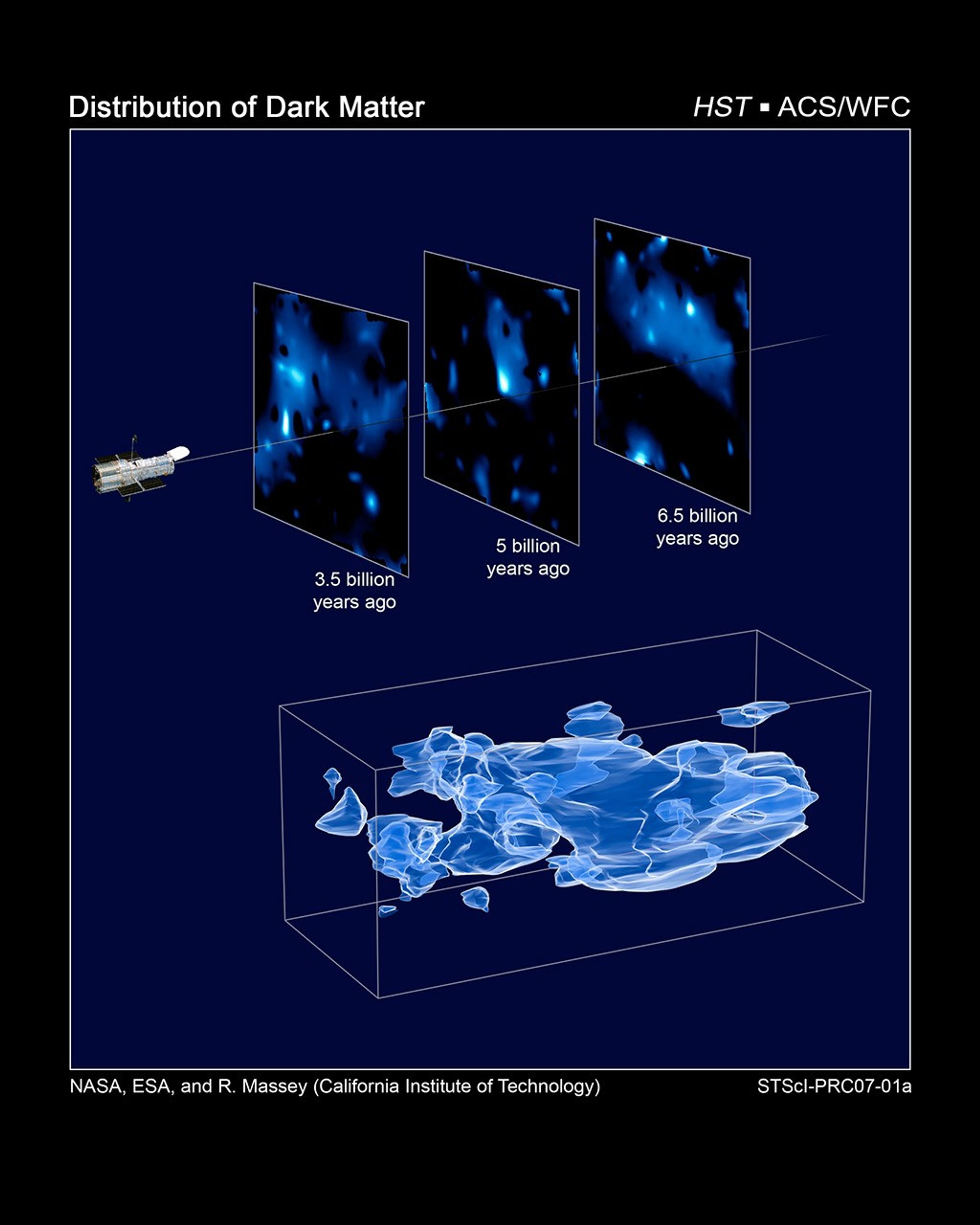
Three-Dimensional Distribution of Dark Matter in the Universe (with 3 slices of time)
This three-dimensional map offers a first look at the web-like large-scale distribution of dark matter, an invisible form of matter that accounts for most of the universe's mass. This milestone takes astronomers from inference to direct observation of dark matter's influence in...
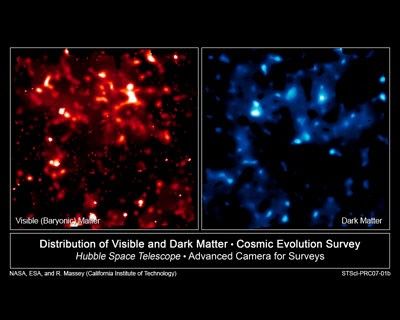
Comparison of Normal Matter and Dark Matter's Large Scale Structure
These two false-color images compare the distribution of normal matter (red, left) with dark matter (blue, right) in the universe. The brightness of clumps corresponds to the density of mass. The map covers an area of sky nine times the angular diameter of the full Moon, and is...

Full Resolution Image Single HST ACS COSMOS Tile
This image covers one of 49 COSMOS tiles. It is created from ACS infrared data as well as Subaru broadband data. This tile is roughly 10 arcminutes in size. It is one-third of the full resolution COSMOS tiles. The Subaru image is courtesy of P. Capak and R. Massey (Caltech).
Share
Details
Claire Andreoli
NASA’s Goddard Space Flight Center
Greenbelt, Maryland
claire.andreoli@nasa.gov

